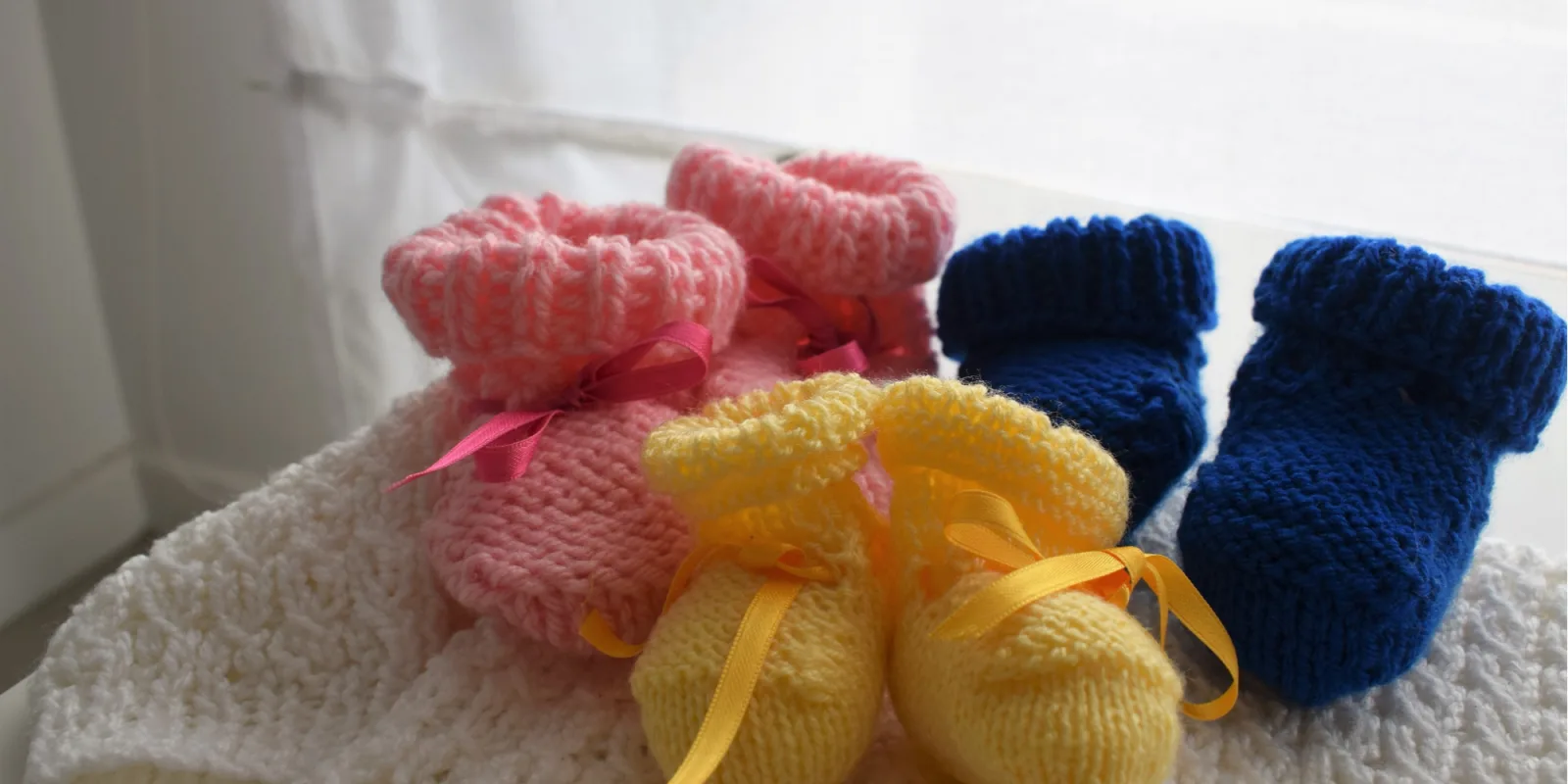
The experienced attending physicians were to be our back-up. The problem was they only rounded in the morning and the bad things happened at night.
Armed only with The Washington Manual, I, with little-to-no supervision attended critically ill patients with conditions as diverse as acute renal failure to blast crisis of acute myelocytic leukemia.
I had enough. I left.
A very prestigious program was willing to give me another chance. They assured me that interns were supervised by senior residents who were ultimately responsible and remained in the house.
I was required to repeat my first year as a resident in medicine and anesthesia.
The anesthesia training was a pleasant surprise.
I put in central lines, arterial lines, Swan- Ganz catheters and became adept at intubation.
I learned and nobody got hurt.
I got credit for my first internship and was permitted to “fly solo” after six months.
I was assigned to the surgical ICU and found myself on call the first night of the rotation. It turned out to be the night a very special and sick obstetrical case was admitted.
“Help,” the nurse said. “She pulled out her ET tube. It’s the girl that delivered the triplets.”
“We have to intubate her.” I said.
“You have to intubate her,” the nurse said.
It was my time. I believed I was ready. I no longer needed supervision. I was alone, but now I had skills. I should be able to do this. If not, I would quit. A woman and three little babies depended on me.
I used a straight blade laryngoscope to visualize her larynx. Her vocal cords were white and glistening. I slipped the breathing tube into her trachea and attached her to the ventilator. Her lungs filled with oxygen, her chest moved up and down. Her color improved.
“Set her up for twelve breaths per minute,” I said.
A nurse said, “You've got to get her blood pressure down. She could have a stroke.”
“How high is it?” I asked.
Two hundred and forty over one thirty.”
To control her blood pressure, I decided to put her on nitroprusside.
“Get the art-line kit. I’ll call Smith and see if we can use nitroprusside so soon after a delivery.”
I called Smith.
“Yes.”
“Dr. Smith, that young girl, the one who delivered the triplets, her blood pressure is extremely high, and her kidneys have failed and.”
“I’ve evacuated the uterus. She’ll be fine.”
“Well, I would like to put her on nitroprusside. I want to make sure it would be safe.”
“Nitroprusside’s okay.”
I returned to the girl’s bedside. I put a catheter in the artery at her wrist and attached it to a pressure monitor. Once the line was secured, I started the nitroprusside.
I slowly brought her blood pressure down.
There was still no urine output.
A nurse approached.
“The family and husband want to see her.”
“It’s okay,” I said.
The girl’s mother and father and husband walked in.
All three cried. The husband fell on the bed holding his wife and sobbed.
I watched the monitor, and the husband, making sure his forceful sobs didn’t knock anything loose. He was a big kid with a farmer’s tan and big strong hands.
The blood pressure was coming down, slowly.
The husband’s tee shirt was wet, stained with tears.
I moved a cane rocker to her bedside. I rocked and observed.
I dozed off and would wake up periodically to check the monitors and see if the kidneys were working. The blood pressure was controlled but there was no output from the kidneys.
Back to sleep.
A nurse gently squeezed my shoulder.
She pointed to the catheter draining the woman’s bladder.
“Her kidneys are working.”
I was groggy, headachy, nauseated.
“She’s still in a coma,” I said. “But with her kidney’s working she should be able to clear the nitroprusside.”
I heard a gurgling sound. And turned to notice the woman reach for the tube in her throat.
A nurse grabbed her arm.
The girl used her other arm and removed the tube from her throat.
I got a new tube to put down her throat.
“Wait,” the nurse said.
We watched. She took a few breaths.
She was breathing on her own. She could swallow and protect her airway.
My shift ended.
I went home. My wife met me at the door. She was very pregnant. I didn’t tell her about the girl.
I returned twelve hours later. I hustled to the ICU.
The woman was sitting up. She was awake. She looked around the room. He eyes focused on me.
“Who are you?” she asked.
I started to reply but the nurse said, “The doctor who saved your life.”
As if on cue the girl’s family walked in. Each held an infant.
The babies wore pink hats and pink booties.
They looked a little small and orange- yellow but they had healthy, loud cries.
* * *
I spent three years at the university hospital located in this bucolic southern city. I became a doctor, confident and trained other young physicians. I learned the best teaching is done by the second and third- year residents.
My wife delivered. All went well. We would stroll our child and observe the young couple pushing their babies in a three-passenger baby carriage.
We would wave.
It made me feel really good.
The babies must be in their late thirties now. I hope they did well. I hope their mother didn’t suffer any long- term complications.
I hope they’ve had a nice life.
Dr. Olaf Kroneman is a nephrologist at the Southeast Michigan Kidney Center. He graduated from the Michigan State University College of Human Medicine, interned at the Mayo Clinic in Rochester, Minnesota, then attended the University of Virginia to complete a residency in Internal Medicine. He completed a fellowship in Nephrology at Massachusetts General Hospital and Harvard Medical School. His work has appeared in literary magazines. Dr. Kroneman is a 2018–2019 Doximity Author.
Image: FINDELMUNDO / shutterstock






